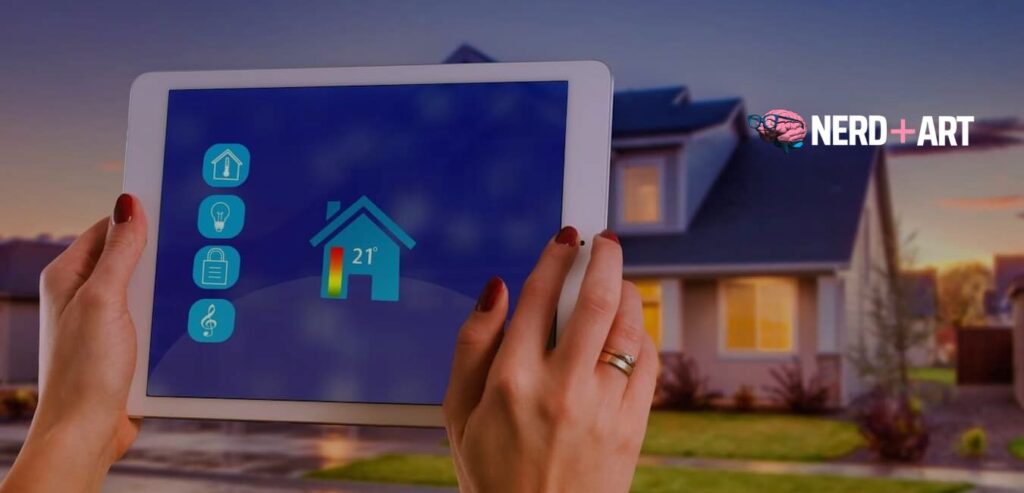In the ever-evolving world of technology, the concept of a “smart home” has become a reality for many. From controlling the thermostat with your voice to remotely monitoring your security system, smart homes offer a level of convenience and security that was once considered science fiction. However, like any technology, smart homes come with their fair share of issues and glitches. In this comprehensive guide, we will explore the most common problems that smart homeowners face and provide practical solutions to ensure your smart home experience remains seamless.
1. Connectivity Woes: When Devices Just Won’t Connect
One of the most smart home frequent issues is connectivity problems. You may find that your smart devices are struggling to connect to your Wi-Fi network or with each other. This can be frustrating, but there are several steps you can take to resolve this issue:
Check Your Wi-Fi Network: Ensure that your Wi-Fi network is stable and offers sufficient coverage throughout your home. Dead spots can cause devices to disconnect.
Device Compatibility: Make sure all your smart devices are compatible with each other and your home network. Incompatibility can lead to connectivity issues.
Reboot and Reset: Sometimes, a simple reboot of your router or smart devices can resolve the problem. Check the manufacturer’s guidelines for instructions on how to reset your devices.
2. Security Concerns: Protecting Your Smart Home
As your home becomes smarter, it also becomes more vulnerable to cyber threats. Protecting your smart home from potential security breaches is crucial. Here are some steps to fortify your smart home’s security:
Change Default Passwords: Many smart devices come with default usernames and passwords. Change them immediately to something unique and strong.
Firmware Updates: Regularly update the firmware of your smart devices. Manufacturers release updates to patch vulnerabilities.
Network Segmentation: Create a separate network for your smart devices to isolate them from your main network, adding an extra layer of security.
3. Unresponsive Voice Assistants: “Hey Google, Why Won’t You Listen?”
Voice assistants like Google Assistant and Amazon Alexa have become integral to smart homes. But what do you do when they become unresponsive? Here’s how to deal with this issue:
Check the Microphone: Ensure the microphone on your voice assistant is not obstructed. Dust and debris can affect its responsiveness.
Wi-Fi Connection: Verify that your voice assistant is connected to the Wi-Fi network. A stable connection is crucial for voice commands.
Voice Recognition: Re-train your voice assistant for better voice recognition. This can improve its responsiveness over time.
4. Sudden Device Failures: When the Lights Go Out
It’s not uncommon for smart devices to stop working suddenly. This can be caused by various factors, including software glitches and hardware malfunctions. Here’s what to do:
Restart the Device: A simple restart can often resolve software issues. Turn the device off and back on.
Check for Updates: Ensure that your device’s software is up to date. Manufacturers release updates to address bugs.
Contact Customer Support: If the problem persists, contact the manufacturer’s customer support for further assistance.
5. Slow Response Time: Delayed Commands
In a world of instant gratification, slow response times from your smart devices can be frustrating. To speed up response times, consider the following:
Network Speed: Opt for a faster internet connection to reduce lag in your smart devices’ response time.
Reduce Device Load: If you have too many devices connected, it can slow down your network. Consider removing or optimizing devices that you don’t use frequently.
Routine Maintenance: Regularly restart your devices to clear caches and speed up their performance.
6. Device Compatibility Issues: Making All Devices Play Nice
In a diverse smart home ecosystem, device compatibility can be a real headache. To ensure that all your devices work harmoniously, follow these steps:
Research Before Buying: Before purchasing new smart devices, research their compatibility with your existing devices and network.
Update Firmware: Keep all your devices’ firmware updated to ensure compatibility with the latest standards.
Smart Hubs: Consider using a smart hub that can bridge the gap between incompatible devices, making them work together seamlessly.
7. Energy Efficiency Problems: Saving Power and the Environment
Smart homes are supposed to make our lives more convenient, but they can also lead to energy inefficiencies. Here’s how to address this issue:
Scheduled Automation: Set your smart devices to power-saving modes during off-peak hours or when you’re not at home.
Energy Monitoring: Use smart plugs and devices that provide insights into your energy consumption, helping you identify areas where you can save power.
Device Optimization: Optimize your devices’ settings to consume less energy while maintaining functionality.
By addressing these frequent issues and implementing the solutions provided, you can enjoy a seamless and efficient smart home experience. Remember, technology evolves, and so do the challenges that come with it. Staying informed and proactive is key to ensuring your smart home remains in top-notch condition.
